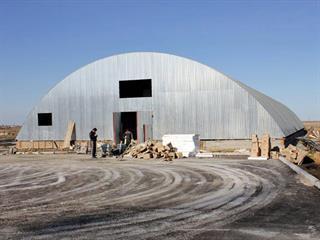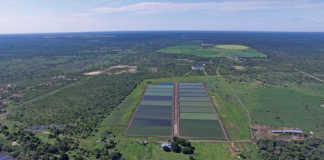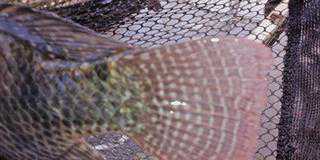
Is there a market for tilapia in South Africa?
Yes, there assuredly is. Tilapia is an internationally traded, high-quality commodity. It is by no means a ‘trash fish’, as is maasbanker, for example. Tilapia compares favourably with hake in the quality of its flesh and lends itself to preparation in many ways. The traditional rural market is for small, whole, wild-coloured fish of 100g to 300g. The urban end of the market is for red tilapia of 450g to 600g.
The smaller fish are usually sold whole, but larger red fish are gutted, gilled and sometimes scaled. Prices paid to the farmer range from R22/kg to R55/ kg. Markets range from fish wholesalers and traders to butcheries and delicatessens. I usually recommend that small-scale producers steer away from supermarkets as they demand a high-volume, reliable supply and their payment terms are usually extended.
I have yet to find a farm producing a regular supply of good quality, uniform-sized fish that cannot sell its stock easily. If you are located inland, find a trader who supplies the local fish shops with marine fish brought up from the coast: traders such as these are often looking for local suppliers, and may collect from your farm.
Is the climate in SA too cold for tilapia culture?
If one considers that tilapia is cultured in California, the UK, the Netherlands, and even Siberia, the answer has to be ‘No’. Egypt, which produces more than one million tons annually, has winter water temperatures as low as 10°C in shallow ponds during winter in the north on the Nile delta. Brood-stock is sheltered in tunnel systems, and ponds are often partially covered with tunnels to provide thermal refuges. Tilapia culture is accepted as a seasonal activity, with growth over eight or nine months.
As the entire eastern coastal belt of South Africa from the Western Cape to Mozambique and the Lowveld areas of Mpumalanga, Limpopo and North West all have similar water temperatures, do we really have any excuses?
What species or strains should be used?
South Africans are notoriously bad at copying successes from the rest of the world, which helps explain why our aquaculture industry is so undeveloped. In areas where risk assessment shows that Nile tilapia (O. niloticus) is not a conservation threat, the best strains of genetically developed Nile tilapia should be used. In areas where our own Mozambique tilapia (O. mossambicus) may be at risk of hybridisation, then the improved red strain of Mozambique tilapia is an option, although it is slower-growing.
At present, risk assessments and permits are required for Nile tilapia culture. Here is a major stumbling block to South Africa’s aquaculture development: the practice of aquaculture is entirely dependent on permits issued by the Department of Environmental Affairs, under the Directorate of Biosecurity Services. The processing of applications remains appallingly lethargic.
Nicholas James is an ichthyologist and hatchery owner.













